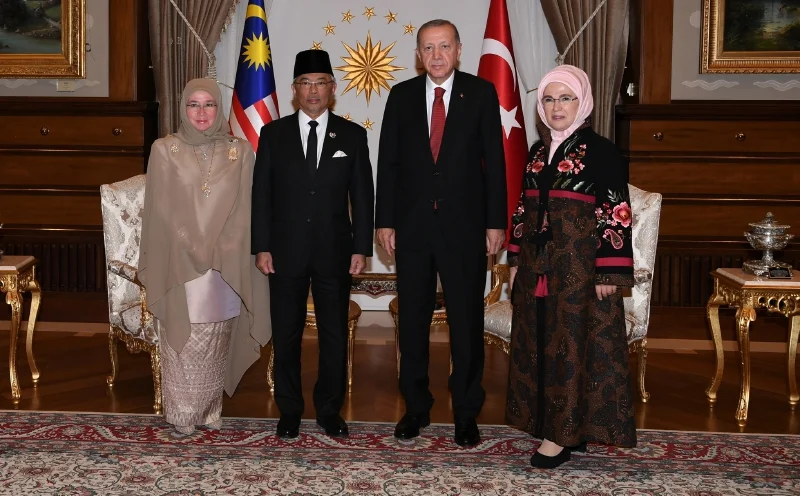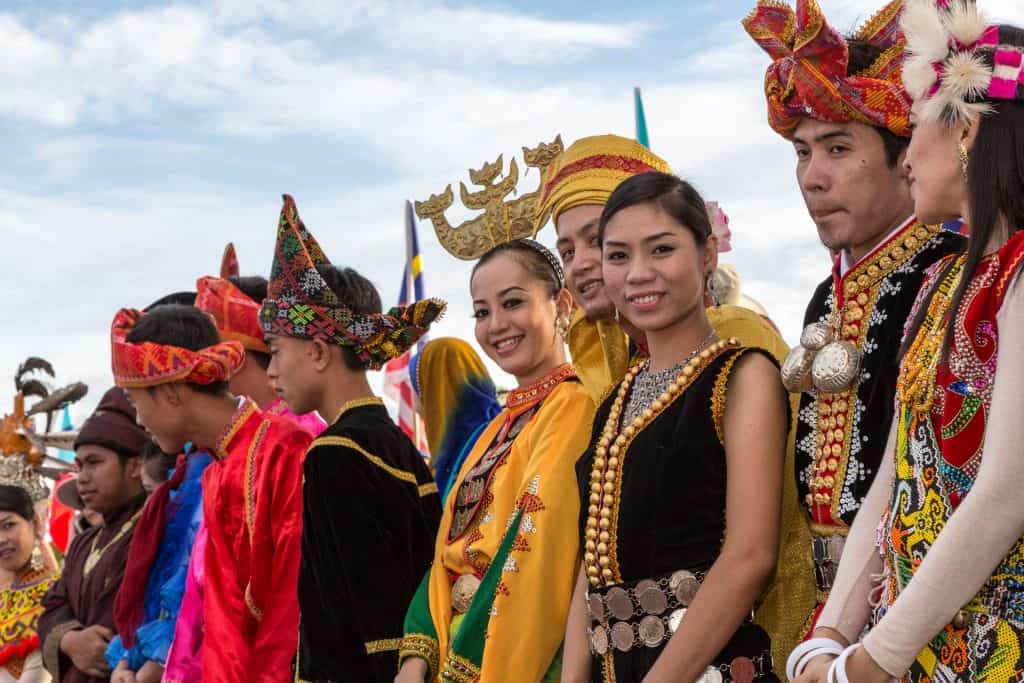The United States (US) attempted to send a signal to Southeast Asian countries that the US remains committed to the region with US Vice President Kamala Harris’ visit to Singapore and Vietnam in late August. The visit was special because it was the first visit of the second -highest U.S. leader in the administration of President Joe Biden. In addition, it was significant because Vice President Harris’ delegation chose to visit Singapore and Vietnam instead of its allies since the Cold War, namely Thailand and the Philippines. Harris’ visiting choice was surprising to many since Vietnam was a bitter enemy of the US in the 1960s and 70s. This reflects the expression that in international politics, there are no eternal enemies nor friends because what matters is national interest.
U.S. relations with Southeast Asian and ASEAN countries deteriorated during the administration of President Donald Trump (2017-2021). For example, the cancellation of the Trans-Pacific Partnership or Tans-Pacific Partnership Agreement (TPPA) caused a rift. In addition, Trump failed to attend the US-ASEAN Summit for two consecutive years, but instead was replaced by Vice President Mike Pence in 2018, and National Security Adviser Robert O’Brien in 2019. This move led to the increasingly distant relationship between U.S. relations with Southeast Asia. At the same time, this has provided an opportunity for China to expand its influence in the region through the Band and Road Initiative (BRI) program in the areas of economics and diplomatic relations.
When Joe Biden took over the reins of US government in January 2021, there was hope that the President’s administration would try to strengthen US relations with Southeast Asian regions. On the other hand, the US prioritizes its relations with the Quadrilateral Security Dialogue, also known as the Quad which consists of Japan, India, Australia and the US. This is because Quad countries are more willing to support the US and capable of balancing China’s influence compared to Southeast Asian countries such as Malaysia and Indonesia which are more neutral, and already have close economic ties with China. Unlike the US, China has intensified its relations with ASEAN member countries. For example, on June 7, China held a Special Meeting of ASEAN-China Foreign Ministers in Chongqing which was chaired by Chinese Foreign Minister Wang Yi. The main issues discussed between Foreign Minister Wang Yi and the ASEAN Foreign Ministers were post-pandemic economic recovery plans as well as vaccine diplomacy as China is aware that Southeast Asian countries require special assistance in economic recovery efforts and vaccine supply. China’s pro-active efforts to forge closer ties with ASEAN Foreign Ministers have come as a shock to the US. Thus, leaders in Washington DC are aware that if the US does not act immediately, US influence in Southeast Asia will eventually be marginalized while China’s influence will increase. As such, Vice President Kamala Harris’ visit is part of the US strategy to convey a message to Southeast Asian leaders that the US is back in line with President Biden’s tag line that ‘America is back ’. Even before Vice President Harris’ visit, the U.S. had begun sending its top leaders such as Secretary of Defense Lloyd Austin and Deputy Secretary of State Wendy Sherman to Southeast Asia as part of an effort to rebuild confidence.
Among the main agenda of Vice President Harris’ visit is to strengthen US cooperation with Southeast Asian countries through the Indo-Pacific concept which lies between the Pacific Ocean and the Indian Ocean. The area covers the East Asia, Southeast Asia, Australia and South Asia regions. Harris in her speech in Singapore had said that President Biden’s administration wished to promote a positive vision of peace and stability, freedom of sea, uninterrupted trade, and human rights in countries like Myanmar. Furthermore, US is committed to enforcement based on international rules.
Vice President Harris also stressed that US involvement in Southeast Asia and the Indo-Pacific was not at odds with any one country and did not force countries in the region to ‘make supportive choices’ over one another. Although she did not name the country, it was clear that she was referring to China. However, at the same time, Harris slammed China’s actions as she claimed that China had intimidated and made illegal claims in the South China Sea, which undermined order and enforcement based on international rules that the United States was trying to promote.
Harris reiterated a similar statement in Hanoi, Vietnam that Beijing was ‘bullying’ and making excessive maritime claims in the South China Sea. She also stressed that China must abide by the United Nations Convention on the Law of the Sea (UNCLOS). During Harris’ visit to Singapore, the US entered into several cooperation agreements that included the sharing of intelligence information on epidemics, cybersecurity, weather and the economy. Similarly, in Hanoi, Harris promised that the U.S. would donate 1 million doses of Pfizer vaccine and 23 million U.S. dollars to Vietnam in an effort to combat the COVID-19 pandemic. These are all part of the US strategy to reconnect and balance Chinese influence.
Though the US is trying to strengthen its image in Southeast Asia through Harris’ visit, the reality is there are still doubts as to how far the US will truly be committed. Moreover, the US withdrawal from Afghanistan and the Taliban’s recapture of the country cast doubt on US commitment. In fact, during Harris’ visit to Hanoi, many analysts equated the U.S. withdrawal from Afghanistan with the U.S. withdrawal from Saigon 46 years ago. There is still much the US must do to rebuild confidence in Southeast Asia such as the appointment of a US delegation to ASEAN and some countries that have been vacant for several years. It is challenge for the US to compete with China’s already strong influence in the region.
[Photo credit: AFP]


